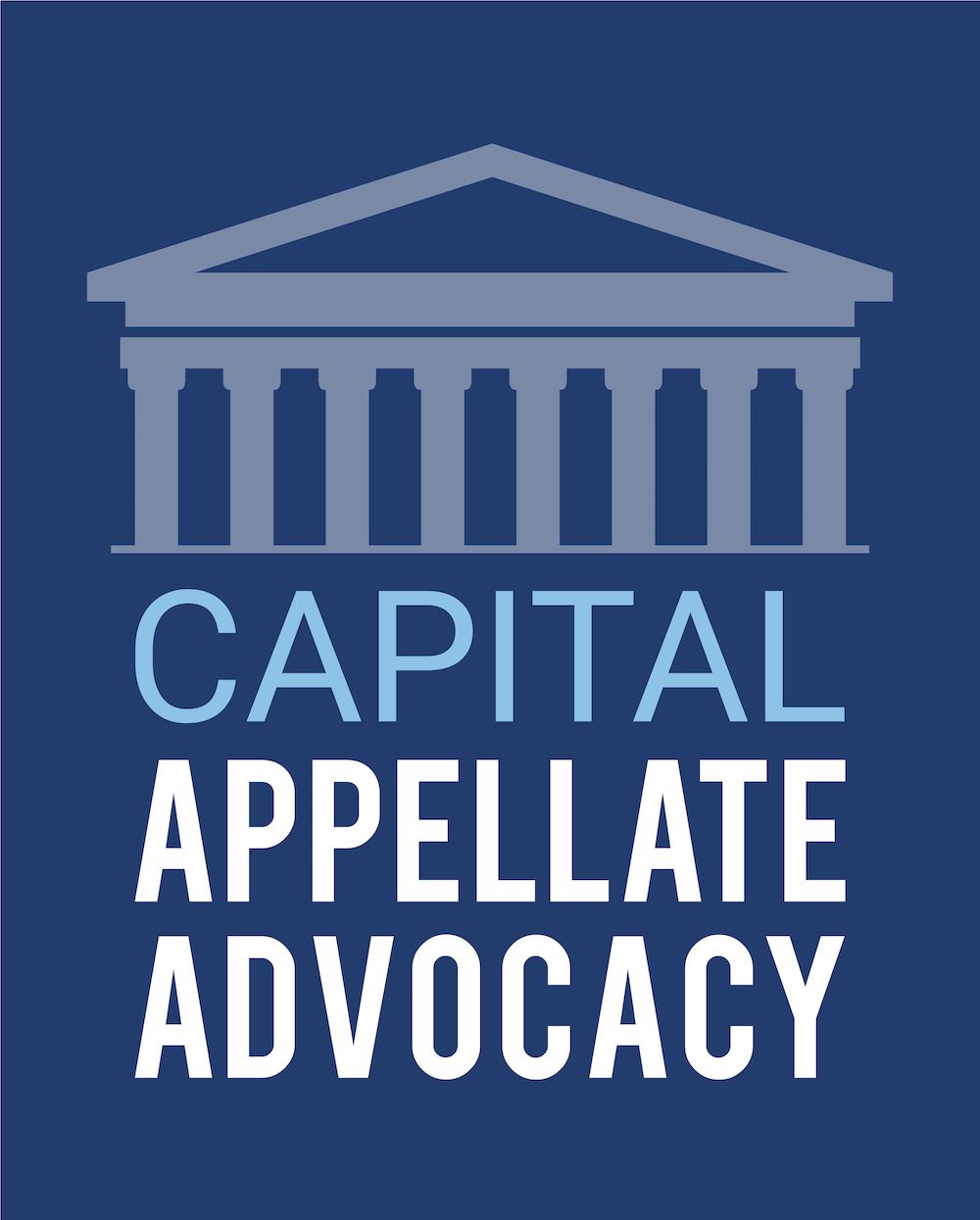Late last year the U.S. Supreme Court instituted a new electronic filing system. Among other things, anyone with a computer, tablet, or cell phone now can access newly filed petitions and briefs. Simply search the Court’s online docket for a particular case, click on its docket number, scroll through the hyperlinked docket entries, and read, save, or print items of interest. Or as I do continually, plug successive docket numbers into the search box and review almost every certiorari petition soon after it is filed.
The enormous number of Supreme Court filings now easily available for review—certiorari petitions (almost 2,000 during the Court’s 2017 term), briefs in opposition, merits briefs, and petition-stage and merits-stage amicus briefs—lead me to make the following observations:
(1) Although the Court typically conducts between 60 and 75 oral arguments each year, the vast bulk of Supreme Court legal practice is in written form.
(2) The real Supreme Court Bar is not limited to the small number of very talented attorneys who repeatedly handle oral arguments before the Court. Nor does it encompass the huge number of lawyers (approximately 300,000) who merely have applied for and been granted admission. Instead, in reality, the Supreme Court Bar is composed of hundreds of skilled attorneys from around the United States who author and file Supreme Court petitions and briefs.
(3) The quality of Supreme Court petitions and briefs ranges from superb to barely readable. In fact, the way that the Question Presented is articulated on the first page of a certiorari petition or merits brief usually reflects not only the quality of what follows, but also the experience and skill of the author. The quality of most Supreme Court written work falls into what I would describe as an acceptable middle range. In my view, however, the best written, most strategic and persuasive Supreme Court petitions and briefs are authored by Supreme Court Bar members who are true appellate specialists—attorneys throughout the United States whose practices focus primarily on appeals, not trial work. I believe that most such appellate specialists—not just the relatively small, high-profile group that some legal media and law review articles have dubbed “the recently re-emergent Supreme Court Bar”—are well qualified to author Supreme Court petitions and briefs (and present oral arguments) on behalf of their clients, and thereby, engage in Supreme Court practice. This larger body of attorneys is the real Supreme Court Bar.
